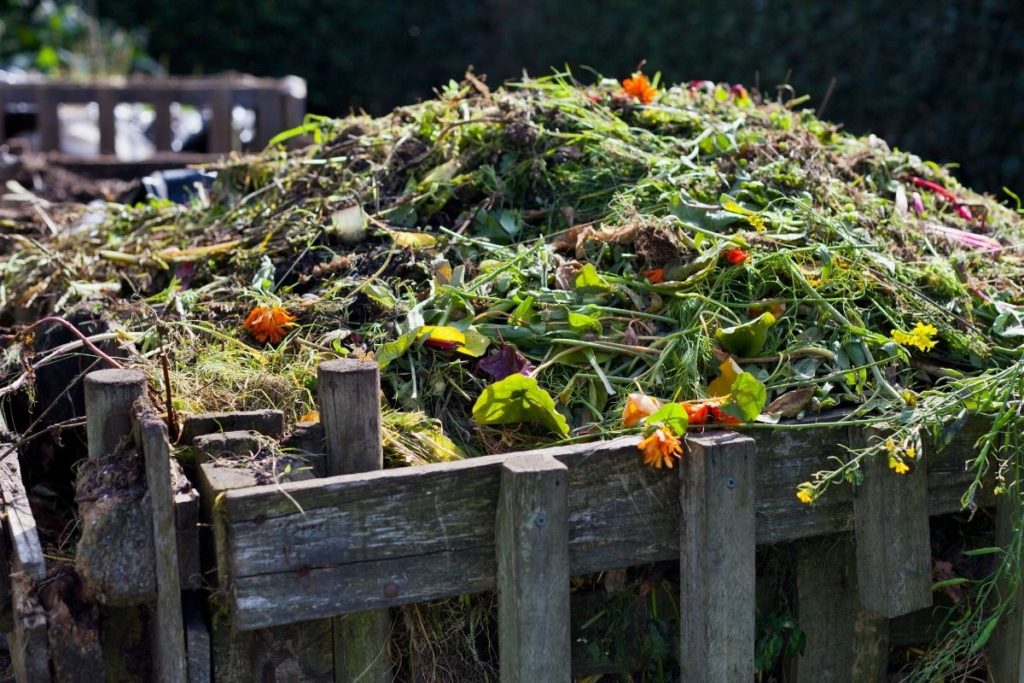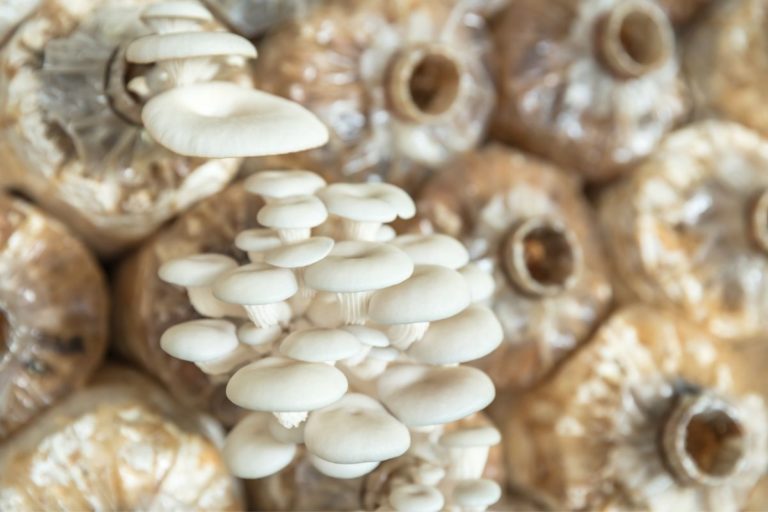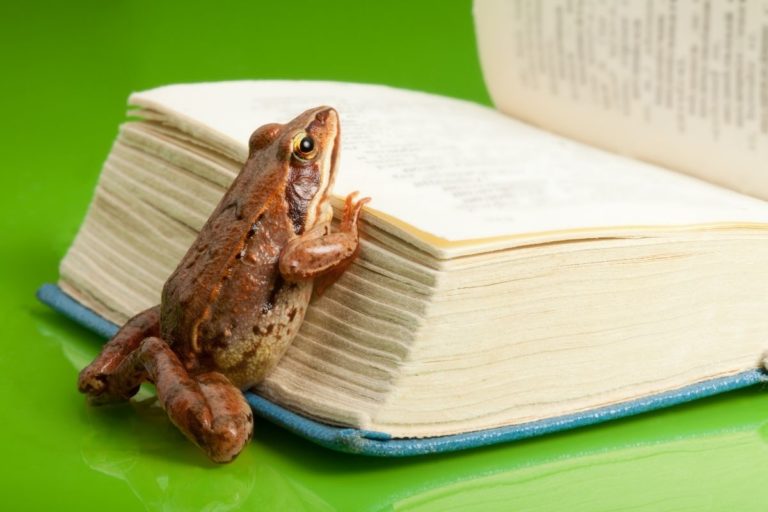
The ultimate list of the best books about Permaculture.
Learn, design, and start your resilient and productive Organic Garden.
From urban permaculture to large scale farming
Permaculture is a term coined by Australians Bill Mollison and David Holmgren in their 1978 book Permaculture One, a contraction of permanent and agriculture.
It’s a set of tools that give people the tools to rethink and redesign their communities so that they can live seamlessly with nature. The basic concept is to observe and work with nature rather than against it.
If you have a small garden or a big land and are interested in starting your food production in a sustainable way have a look at the permaculture books in this list.
Disclosure: Some of our articles contain affiliate links (as an Amazon affiliate I earn from qualifying purchases).
Check Also: Natural Building Books: Cob, Earthbag, Straw Bale and More
1. Sepp Holzer’s Permaculture: A Practical Guide to Small-Scale, Integrative Farming and Gardening
by Sepp Holzer, 2011
Prices pulled from the Amazon Product Advertising API on:
Product prices and availability are accurate as of the date/time indicated and are subject to change. Any price and availability information displayed on [relevant Amazon Site(s), as applicable] at the time of purchase will apply to the purchase of this product.
Sepp Holzer is a pioneer of permaculture, he took over his parents’ farm in the mountains of Austria in 1962.
After several unsuccessful attempts with regular farming methods, he switched to ecological farming, creating a real Eden.
He was able to grow kiwi fruit, lemons, pumpkins, mushrooms, potatoes, and zucchinis outdoors, at 1500m up a mountain in Austria.
He has been called “the rebel farmer” because he refused to prune his fruit trees, leading him to be fined multiple times.
This book does not over-complicate anything, explaining permaculture in a simple and practical way.
Heavily illustrated with photographs and detailed diagrams. A section is dedicated to medicinal herbs and recipes.
You can also check the documentary “the agro rebel” by Bertram Verhaag.
2. Introduction To Permaculture
By Bill Mollison, 1991
Prices pulled from the Amazon Product Advertising API on:
Product prices and availability are accurate as of the date/time indicated and are subject to change. Any price and availability information displayed on [relevant Amazon Site(s), as applicable] at the time of purchase will apply to the purchase of this product.
Bill Mollison is a biologist born in 1928 in Tasmania, founder of The Permaculture Institute in Tasmania.
The book covers all the necessary points to start with permaculture, primarily focusing on the design and placement of structures for your garden and house.
The many illustrations in the book will help you understand better how to landscaping in a sustainable and profitable way.
Adapted to all environments and climates, a must for every permaculturist.
3. Gaia’s Garden: A Guide to Home-Scale Permaculture
by Toby Hemenway, 2009
Prices pulled from the Amazon Product Advertising API on:
Product prices and availability are accurate as of the date/time indicated and are subject to change. Any price and availability information displayed on [relevant Amazon Site(s), as applicable] at the time of purchase will apply to the purchase of this product.
Written by American biologist Toby Hemenway, with over 250,000 copies sold, Gaia’s Garden is probably the most famous book about permaculture and ecological gardening.
It’s a very logical explanation of how nature works, and why and gives holistic views on how to mimic it, all explained in a user-friendly way.
A section is dedicated to urban permaculture, for people with limited space available.
You will find very clear information on how to build and maintain soil fertility, how to conserve water, providing habitat for beneficial insects, birds, and animals, and how to grow a great forest that will give you fruit every month of the year, without the need of preserving.
Gaia’s garden approaches the above topics from multiple angles.
4. Natural Way of Farming: The Theory and Practice of Green Philosophy
by Masanobu Fukuoka, 1985
Prices pulled from the Amazon Product Advertising API on:
Product prices and availability are accurate as of the date/time indicated and are subject to change. Any price and availability information displayed on [relevant Amazon Site(s), as applicable] at the time of purchase will apply to the purchase of this product.
Written by Japanese philosopher and farmer Masanobu Fukuoka, considered to be amongst the “five giant personalities who inspired the organic farming movement“.
Born in 1913, he was a microbiologist who specialized in plant pathology.
He revisited the ancient traditional method of nendo dango, or seed ball, consisting in rolling different seeds in a ball of clay, together with compost, to be able to plant in harsh environments.
In more than 40 years, Fukuoka farmed his land with no fertilizer, no weeding, and no pesticides and he managed to produce the same amount of veggies and fruit or even more, compare to the production of the neighboring farms using modern agriculture.
Natural Way of Farming is a book able to open your mind with simple common sense, a true Fukuoka’s testament.
Please, check the documentary “Final Straw: Food, Earth, Happiness“, inspired by the work of Masanobu Fukuoka.
5. The Resilient Farm and Homestead: An Innovative Permaculture and Whole Systems Design Approach
by Ben Falk, 2013
Prices pulled from the Amazon Product Advertising API on:
Product prices and availability are accurate as of the date/time indicated and are subject to change. Any price and availability information displayed on [relevant Amazon Site(s), as applicable] at the time of purchase will apply to the purchase of this product.
An essential how-to manual, The Resilient Farm and Homestead, is an inspiring and insightful guide to permaculture.
An intelligent book, with plenty of actual photos from the direct experience of the author.
An interesting aspect of this work is that explains why not all the so-called “permaculture commandments” are undoubtedly true.
In fact, some of them were not practical in his specific location.
Check out this podcast with Ben Falk or his 2013 TED talk.
6. The Permaculture Handbook: Garden Farming for Town and Country
by Peter Bane, 2012
Prices pulled from the Amazon Product Advertising API on:
Product prices and availability are accurate as of the date/time indicated and are subject to change. Any price and availability information displayed on [relevant Amazon Site(s), as applicable] at the time of purchase will apply to the purchase of this product.
This recent book is part of the “second generation” permaculture books, more updated about soil science, nutrition, and agronomy in general.
The main approach is on permaculture in suburban areas, it is not a how-to book, but it focuses on ideas, aspirations, and techniques.
Interesting if you don’t have a big land to farm but still want to find a way to live in a more natural way. Definitely one of the best books about urban permaculture.
7. Nature’s Best Hope: A New Approach to Conservation That Starts in Your Yard
by Douglas W. Tallamy
Prices pulled from the Amazon Product Advertising API on:
Product prices and availability are accurate as of the date/time indicated and are subject to change. Any price and availability information displayed on [relevant Amazon Site(s), as applicable] at the time of purchase will apply to the purchase of this product.
This book written by Professor Tallamy is not exclusively a permaculture book, but it is a book that everyone interested in a sustainable way of living should read.
The main idea is a redesign of nature, a world where we plant trees native to our region and not exotics species.
The reason is very logical, the insect and birds are used to a specific kind of vegetation.
Nature’s Best Hope explore how we should landscape our ecosystems, starting from removing invasive plants from our yard.
8. Restoration Agriculture
by Mark Shepard
Prices pulled from the Amazon Product Advertising API on:
Product prices and availability are accurate as of the date/time indicated and are subject to change. Any price and availability information displayed on [relevant Amazon Site(s), as applicable] at the time of purchase will apply to the purchase of this product.
This bestseller written by Mark Shepard is mostly centered around the U.S.A.
Some critics claimed that the data about the chances of perennial polycultures agriculture to be more productive than mainstream agriculture is a bit forced.
Restoration Agriculture is still a great read, with many ideas, also about water management, in-depth and provoking.
If you want to start farming or change the way you are operating to prevent the collapse of the current farming systems, this book is a must-see.
9. The Resilient Gardener: Food Production and Self-Reliance in Uncertain Times
by Carol Deppe
Prices pulled from the Amazon Product Advertising API on:
Product prices and availability are accurate as of the date/time indicated and are subject to change. Any price and availability information displayed on [relevant Amazon Site(s), as applicable] at the time of purchase will apply to the purchase of this product.
The Resilient Gardener goes beyond just gardening, it teaches you how to grow crops to be sustainable and resilient to harsh conditions.
This book will give you important tips for growing food for self-sufficiency.
Carol Deppe focuses mostly on 4 key crops: beans, corn, potatoes, and squash, plus eggs but the method can be applied to other plants as well.
She also talks about diet, survival skills, allergies, making this book very useful for those interested in a general panoramic about sustainability.
10. Edible Forest Gardens (2 volume set)
by Dave Jacke
Prices pulled from the Amazon Product Advertising API on:
Product prices and availability are accurate as of the date/time indicated and are subject to change. Any price and availability information displayed on [relevant Amazon Site(s), as applicable] at the time of purchase will apply to the purchase of this product.
The price is a bit steep but absolutely worth it. These 2 volumes, the first about forest ecology and the second about practical applications are the ultimate permaculture guide.
Full of tables of plants arranged by their functions, you have all the information you need to design your food forest in a harmonious way.
These books are the results of years of experiments and practical applications in a cold climate, mainly in the Northeast of the U.S.
11. RetroSuburbia: The Downshifter’s Guide to a Resilient Future
by David Holmgren, 2018
Prices pulled from the Amazon Product Advertising API on:
Product prices and availability are accurate as of the date/time indicated and are subject to change. Any price and availability information displayed on [relevant Amazon Site(s), as applicable] at the time of purchase will apply to the purchase of this product.
600 pages, 556 pictures, 100 illustrations, RetroSuburbia is a suburban permaculture manifesto.
Written by one of the father of the permaculture movement, David Holmgren, it’s a magnificent and inspirational book on how Australian suburbs can be transformed into a productive place through permaculture.
You can access the online version of the book from the official website.
















